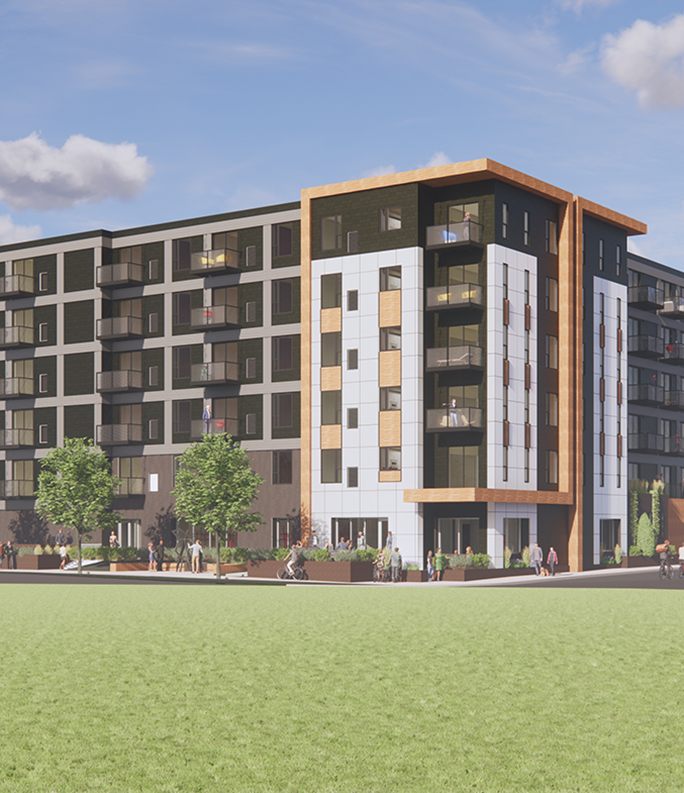By Dan Rafter, ReJournals.com, August 29, 2022
Developers face plenty of challenges today: It’s difficult to find experienced labor. Material costs keep rising. And supply chain disruptions mean that it can be difficult to get everything from insulation to concrete and steel to construction sites on time.
That’s why it’s not surprising to many commercial real estate professionals that developers are slowly, but steadily, turning to modular construction when building restaurants, hotels, apartment projects and healthcare facilities.
Modular construction in the commercial development industry works much the same as it does with residential projects: Anywhere from 60% to 90% of a building — whether it be an apartment development, fast-food restaurant, hotel or school building — is built offsite in a factory or manufacturing facility.
These pieces, known as modules, are then shipped to the building site where they are put together to form a completed project.
The benefit here is that modular buildings can be developed in less time. They also require less experienced construction crews. That helps developers who are struggling with supply chain disruptions and a lack of skilled labor.
Modular construction, then, has the potential to play a far bigger role in the commercial construction industry than it has in the past.
This is one reason why REjournals is focusing heavily on modular construction during its Midwest Construction Double-Header event being held Sept. 8 at the Hyatt Regency O’Hare Chicago in Rosemont, Illinois. The second half of this event will focus on the ways in which modular construction can change the development industry. To sign up for the event, click here.
A growing demand for modular?
Dean Dovolis, principal, chief executive officer and founder of DJR Architecture in Minneapolis, said that the reasons for the increased demand for modular construction are many and complicated.
Read the entire article at REJournals.com
